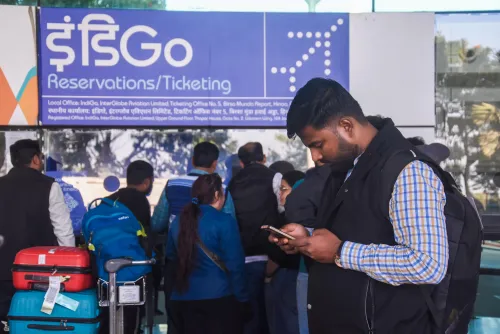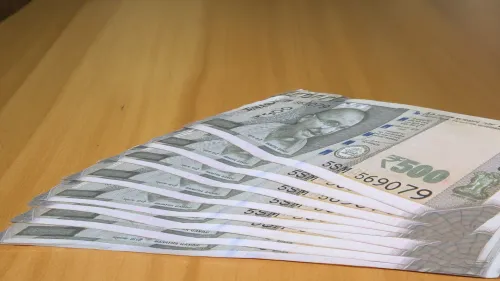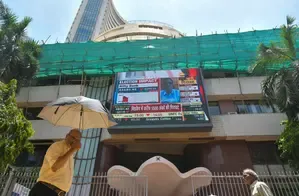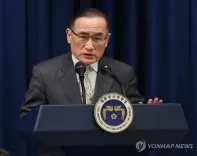Who Can Order the Removal of Content from Social Media?
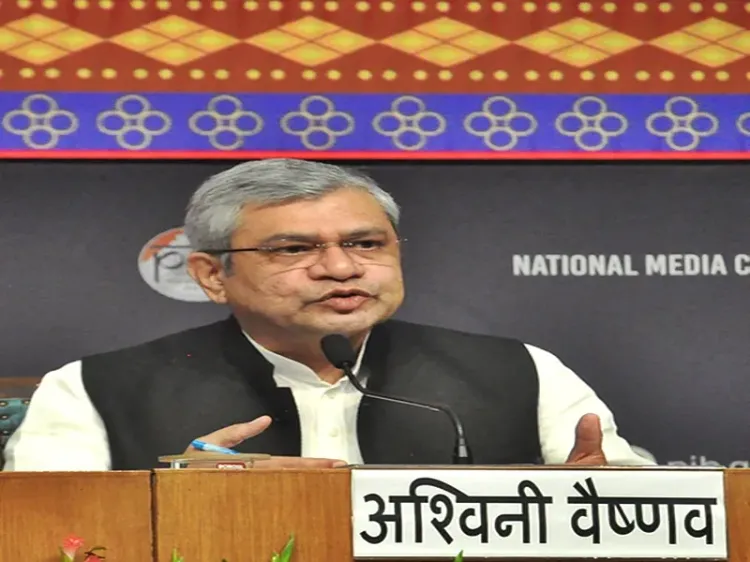
Synopsis
Key Takeaways
- Removal orders can only be issued by senior officials.
- New rules effective from November 1, 2025.
- Deepfakes are a significant concern addressed by the amendments.
- Failure to comply may result in loss of safe harbour.
- Monthly reviews of takedown requests will be conducted.
New Delhi, Oct 22 (NationPress) The Ministry of Electronics and Information Technology revealed on Wednesday that any request for the removal of illegal content from social media platforms can only be made by a senior officer holding at least the position of Joint Secretary, or if such a position is vacant, a Director or an officer of equivalent rank.
For police agencies, only a Deputy Inspector General of Police (DIG), specifically authorized, can issue such requests.
These new regulations will come into force on November 1, 2025.
This updates the previous practice where junior officials, such as sub inspectors and assistant sub inspectors, were allowed to order content removal from social media.
The updates stem from recent amendments to Rule 3(1)(d)deepfakes.
If an intermediary does not comply with takedown notices under Section 79 (3)(b) of the IT Act, the platform risks losing its safe harbour protections—provisions that grant immunity against third-party content.
The government emphasized that these notices must clearly outline the legal grounds and statutory provisions, the nature of the unlawful act, and the specific URL or identifier of the content that needs to be removed.
This revision replaces the previous vague reference to 'notifications' with 'reasoned intimation', aligning the Rules with the actual knowledge requirement set forth in Section 79(3)(b) of the IT Act, thereby enhancing clarity and precision.
This ensures that such actions are necessary, proportionate, and consistent with the law.
Moreover, all communications sent under Rule 3(1)(d) will undergo a monthly review by an officer no lower than the rank of Secretary from the appropriate government, either at the State or Central level.
Minister for Electronics and Information Technology Ashwini Vaishnaw stated: "The adjustments we have introduced elevate the accountability of the government."
He added, "This transformation will enhance government transparency. We will provide information along with explanations when requests are made. Orders will be issued through senior officials. There have been calls in Parliament and various forums regarding the detrimental impact of deep fakes on society, infringing on people's personal lives and privacy."
To address this, social media platforms will be required to implement labels, he noted.
This amendment arrives at a time when platforms like X have taken legal action regarding takedown requests issued by the government under Section 79 (3) (b) of the IT Act. A common grievance from these platforms has been that any officer could send takedown notices under this provision.
These amendments reinforce the due diligence obligations of intermediaries under the Information Technology Act, as stated in the official announcement.
Specifically, the changes to Rule 3(1)(d) introduce additional safeguards to ensure that the removal of illegal content by intermediaries is executed transparently, proportionately, and accountably.
These amendments aim to balance the constitutional rights of citizens with the regulatory powers of the State, ensuring enforcement actions are transparent and do not result in arbitrary restrictions.



